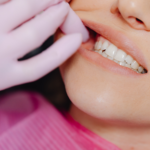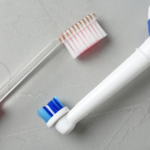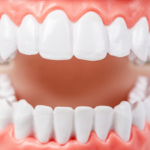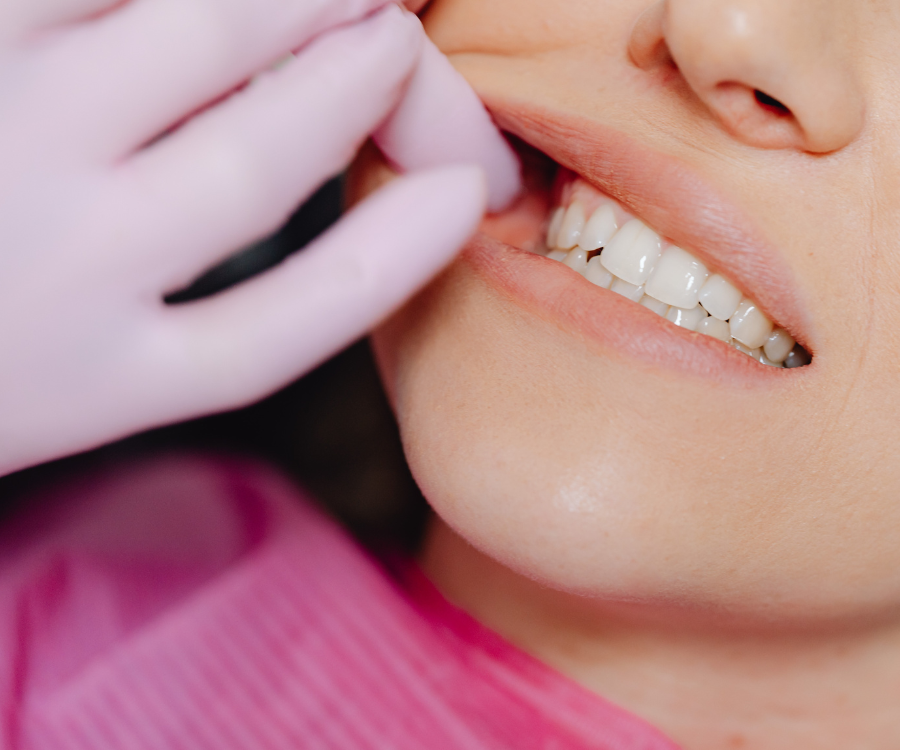Don’t Fall for the Shine! Debunking Teeth Whitening Myths Still Circulating in 2025
The desire for a bright, white smile is timeless. But as new trends and DIY ‘hacks’ go viral, so do a host of stubborn teeth whitening myths that can waste your money, or worse—damage your enamel.
In 2025, it’s time to separate the bright white facts from the harmful fiction. Here are the top teeth whitening misconceptions still going around, and the dentist-approved truths you need to know.
🛑 Myth 1: Professional Whitening Harms Tooth Enamel
This is arguably the most persistent fear, stopping many people from achieving their dream smile.
- The Myth: Professional teeth whitening treatments use harsh chemicals that eat away at your tooth enamel, making your teeth weaker and more sensitive.
- The Fact: Professional teeth whitening is safe and highly effective when administered by a qualified dental professional. Modern, high-quality whitening agents (like hydrogen peroxide or carbamide peroxide) are formulated to break down stains within the tooth structure, not erode the protective enamel layer. A dentist ensures the right concentration is used and that your gums are protected, minimizing risk and sensitivity.
Keyword Tip: Focus on “professional teeth whitening safe,” “no enamel damage,” and “dentist-approved whitening.”
🍋 Myth 2: DIY Hacks (Like Lemon Juice, Baking Soda, or Charcoal) are Safe and Effective
The internet loves a quick fix, but your smile is too important for a kitchen chemistry experiment.
- The Myth: Natural home remedies like brushing with activated charcoal, swishing with coconut oil, or scrubbing with mixtures of baking soda and highly acidic fruits (like lemons or strawberries) will give you a bright, white smile.
- The Fact: These remedies carry significant risks and offer negligible, short-term results at best.
- Acids (Lemon/Fruit): Highly acidic substances do lighten teeth, but they achieve this by eroding tooth enamel. This irreversible damage leads to increased sensitivity and makes your teeth more vulnerable to staining in the long run.
- Abrasives (Charcoal/Baking Soda): While they can remove surface stains, these ingredients are often too abrasive. Over time, they can wear down your enamel, revealing the naturally yellow layer of dentin underneath—the opposite of what you want!
- Coconut Oil Pulling: While great for general oral hygiene, there is no scientific evidence that oil pulling has any significant teeth whitening effect.
Keyword Tip: Use “activated charcoal teeth whitening danger,” “lemon juice enamel erosion,” and “DIY whitening hacks ineffective.”
⏳ Myth 3: Whitening is a One-Time, Permanent Fix
Achieving your desired shade is a journey, not a destination.
- The Myth: Once you get your teeth whitened (especially professionally), the dazzling results will last forever.
- The Fact: Unfortunately, no teeth whitening results are permanent. Your teeth will naturally re-stain over time due to your diet, lifestyle, and the normal aging process. The longevity of your bright smile depends on factors like:
- Consuming stain-causing culprits (coffee, red wine, tea, dark sodas).
- Smoking or using tobacco products.
- Your general oral hygiene routine.
To maintain that sparkle, you’ll need touch-up treatments every few months or years, often provided by your dentist in the form of at-home maintenance kits.
Keyword Tip: Include “teeth whitening not permanent,” “longevity of whitening results,” and “teeth whitening touch-ups.”
🎨 Myth 4: You Can Whiten Existing Dental Work
Teeth whitening only works on natural tooth material.
- The Myth: Whitening treatments will lighten your existing dental work, such as veneers, crowns, bridges, or tooth-colored fillings.
- The Fact: Whitening agents are only effective on natural tooth enamel. Materials like porcelain or composite resin used in restorations do not respond to the bleaching process. If you have dental work, whitening your natural teeth can create a noticeable and undesirable mismatch in color. Consult your dentist first—they may recommend replacing the restorations to match your new, brighter natural teeth.
Keyword Tip: Use “whitening crowns and veneers,” “teeth whitening on fillings,” and “does not whiten dental work.”
✅ The Takeaway for Your Brightest Smile
If you are looking for safe, noticeable, and long-lasting white teeth, the truth is simple: trust the professionals. Consult your dentist to discuss your options, whether it’s an in-office power whitening session or a professional-grade at-home kit. They can assess your specific oral health and recommend a treatment that will deliver a stunning smile without jeopardizing your enamel.








